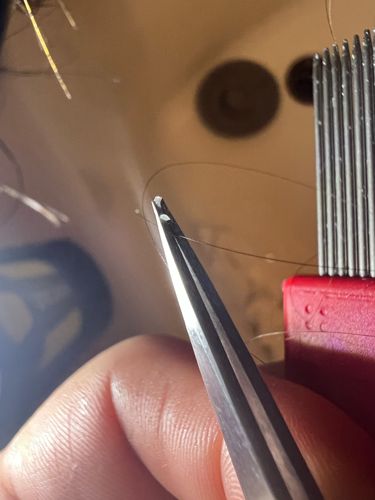Louse Egg (Nit)
Scientific Name: Pediculus humanus capitis (for human head louse)
Order & Family: Phthiraptera, Pediculidae
Size: Approximately 0.8 mm long by 0.3 mm wide

Natural Habitat
Attached to hair shafts, typically on human heads, close to the scalp
Diet & Feeding
Not applicable for the egg stage; adult lice feed on human blood
Behavior Patterns
Nits are laid by female lice and cemented firmly to individual hair strands. They hatch into nymphs within 7-10 days. The empty egg case (nit shell) remains attached to the hair shaft.
Risks & Benefits
Risks include itching, skin irritation, and secondary bacterial infections from scratching. Nits themselves pose no direct health benefit or risk other than indicating an active head lice infestation. They do not transmit diseases.
Identified on: 10/29/2025